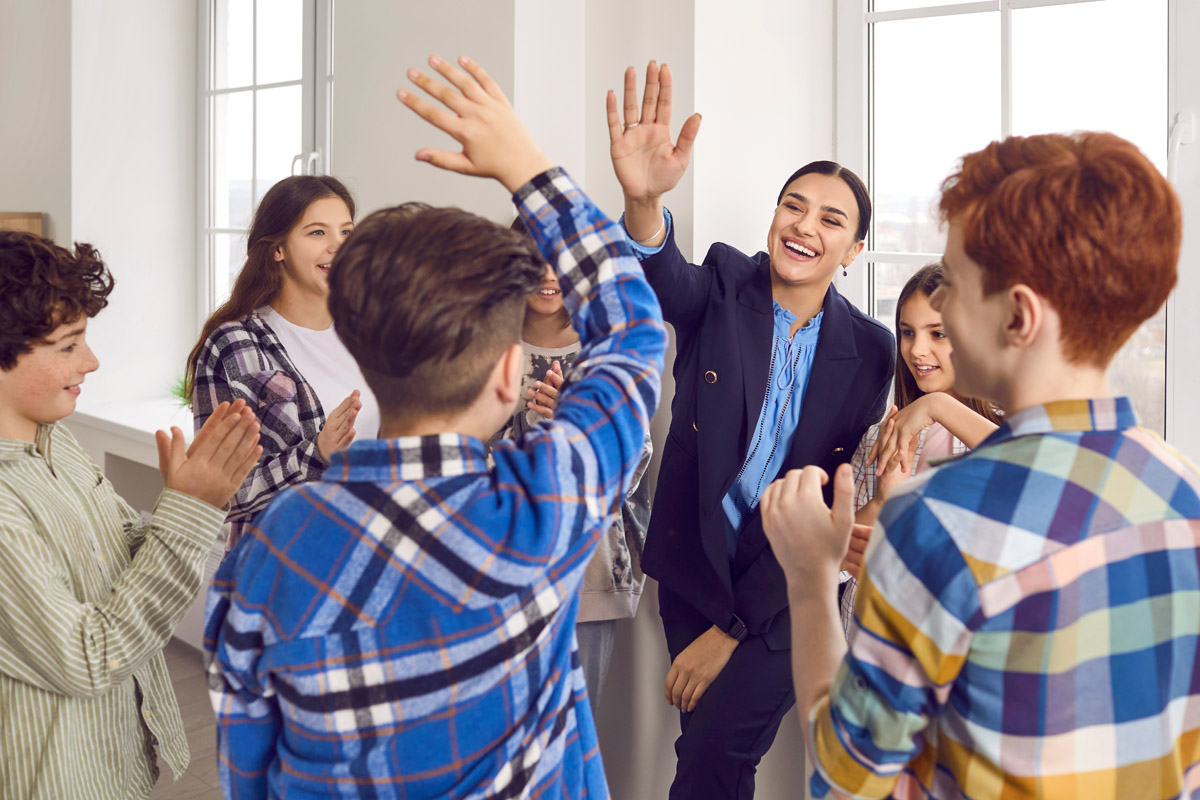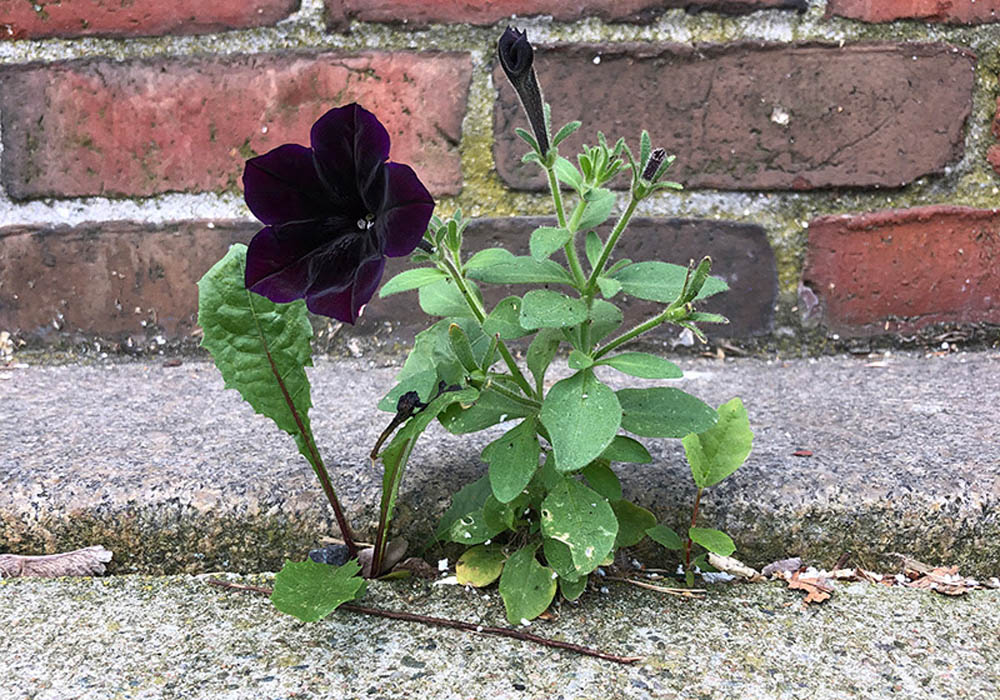Newsletter
Adventures in Research: Issue 7
Recently, while working with a client to co-design goals for an evaluation of her highly regarded youth development organization, she proposed centering the evaluation around a question that isn’t often asked: What is the ABSOLUTE best we can do for our young people?
This is a bold question, especially from an executive of a respected, long-established organization with a board that closely monitors every move.
She’s not just asking, “What is our impact?” She’s suggesting a willingness to completely rethink and revamp the current service model if it means achieving greater impact.
In a world with limited resources and constantly evolving challenges, we need more individuals willing to ask this question: What is the ABSOLUTE best we can do for kids?
It’s the perfect question to think about as everyone becomes fully entrenched in the school year.
—Alicia





